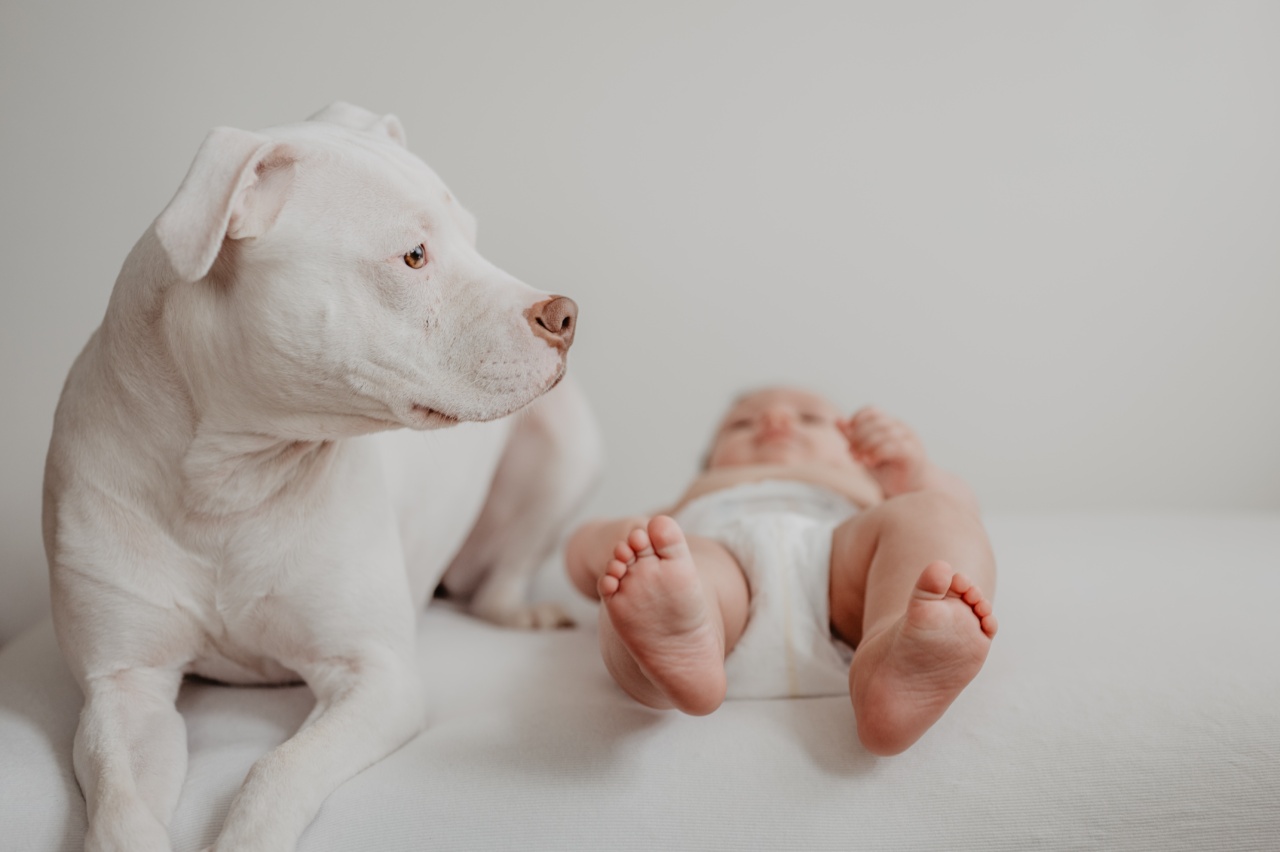Having a new baby is a joyful time for any family. Along with the arrival of your bundle of joy, however, comes a major adjustment for your furry family member.
Introducing your dog to a new baby requires careful planning to ensure both the baby’s and dog’s safety. Here are some steps you can follow to help your dog adjust to the new addition to the family.
Prepare Your Dog for the Arrival of the Baby
It’s important to prepare your dog for the arrival of your baby ahead of time so they can adjust to the changes. Start by practicing obedience commands and teaching your dog to settle down on command.
This will come in handy when you need your dog to be calm and quiet while your baby is napping or feeding. You can also expose your dog to the sights and sounds of a baby by playing recordings of baby cries and having baby items around the house.
Gradual Introductions
Your dog should be introduced to your baby gradually and in a controlled manner. The initial meeting should be done when your dog is calm and relaxed.
This may involve having someone else hold the baby while you focus on your dog’s body language and behavior. Make sure your dog is on a leash during the meeting and keep the interactions brief. Gradually increase the length and frequency of the meetings as your dog becomes more comfortable with the baby.
Supervise All Interactions
It’s important to supervise all interactions between your dog and baby. Never leave your dog and baby alone, even if you think your dog is reliable. Accidents can happen, and dogs can become overly excited or stressed in certain situations.
Always keep your dog on a leash or in a crate when you can’t supervise them to prevent any unwanted interactions.
Teach Boundaries
Dogs need to learn boundaries when it comes to interacting with a baby. Teach your dog to respect the baby’s personal space and to be gentle when around them.
You can use positive reinforcement training to help your dog understand what’s expected of them. Reward good behavior with treats and praise, and be consistent with your training techniques.
Be Alert for Warning Signs
It’s important to be alert for warning signs that your dog may be feeling stressed or uncomfortable. These could include growling, barking, or snapping.
If you notice any of these behaviors, it’s important to separate your dog from the baby and consult with a professional trainer or behaviorist to get advice on how to handle the situation.
Set Realistic Expectations
It’s important to set realistic expectations for both your dog and your baby. Remember that your dog is experiencing a major life change, and may need time to adjust to the new addition to the family.
Likewise, your baby is vulnerable and needs to be protected. Set rules and boundaries for both your dog and baby, and be patient as everyone adjusts to the new family dynamic.
Keep Up with Training
It’s important to keep up with your dog’s training after the initial introduction period. This will help them continue to obey commands and respect boundaries around the baby.
Incorporate training sessions into your daily routine, and consider enrolling your dog in obedience classes to reinforce good behavior and strengthen the bond between your dog and baby.
Take Time to Bond
Finally, take time to bond with both your dog and your baby. Include your dog in family activities and make sure they feel loved and included. This will help strengthen the bond between your dog and baby and ensure a happy and healthy family dynamic.
Conclusion
Introducing your dog to a new baby requires patience, planning, and careful supervision. By following these tips, you can help your dog adjust to the new addition to the family and ensure a happy and healthy family environment for everyone.






























